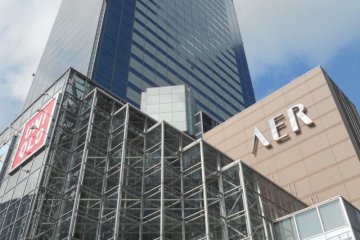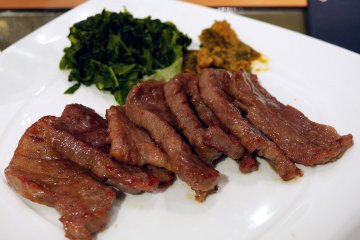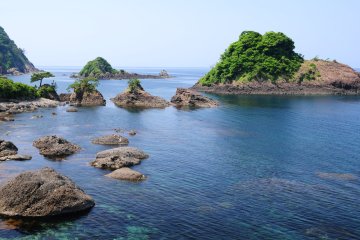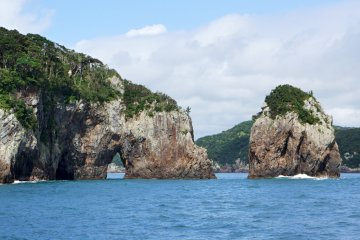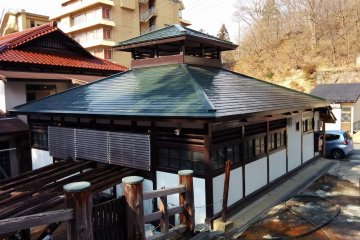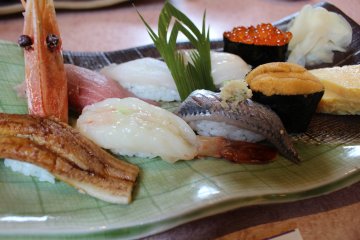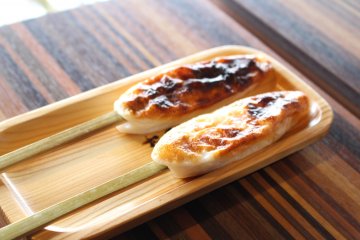Miyagi Prefecture has always been a place of natural beauty; Sendai, the capital, is affectionately called the “City of Trees,” and the prefecture is known for its beautiful coastline and lush wilderness. Famous for its specialized cuisine, Miyagi is famous for both its seafood and agriculture selections, not to mention the famed gyutan. Miyagi lies on the northeastern part of Japan in Tohoku, the region directly north of Tokyo and below Hokkaido. While it was damaged by the 2011 Tohoku Earthquake, Miyagi has made a tremendous recovery, its splendor intact.
Here are the top things to do in Miyagi, in no particular order:
Matsushima Bay

Declared one of Japan's three most scenic viewpoints by the Japanese government, the beauty of Matsushima Bay is difficult to describe. More than 200 islands (shima) covered with pines (matsu) create an image so rich with symbolism it has left even the most famous Japanese poets at a loss for words. Several of the islands can be reached from Matsushima city along walking paths, and there are multiple sightseeing cruise options through the bay often connecting through to nearby Shiogama.
Jozenji-dori

Jozenji-dori is the most famous of Sendai's many tree-lined streets, a distinctive and symbolic walkway through the tree-filled city. The 700 meter long avenue is lined with large and beautiful zelkova trees and ends near the serene Nishikoen Park. The arching branches offer shade and benches for relaxation while the surrounding neighborhood provides numerous shopping opportunities and restaurants with local Sendai cuisine. The area is often alive with events and activities year round including illumination, music events, flea markets and much more. Be sure to visit the street jazz festival if you visit during autumn.
Naruko Onsen

This Hot Spring Village in Nothern Miyagi Prefecture is home to a variety of hot springs, surrounded by lush forests and mountains. With a history spanning over 1,000 years and over 400 hot spring options to choose from this town is the Onsen lover's dream come true. Naruko Onsen is also famous for the traditional craft of Kokeshi Dolls so be sure to make your own doll as a souvenir. The nearby Naruko Gorge offers some amazing views for those looking to step into the countryside.
Ungai Restaurant and Entsuin

Located in the Matsushima Bay area, the Ungai restaurant and Entsuin are connected locations that should be included in any visit to the area. Starting out at Ungai, lunch is served from 11:30 to 15:00 with course menu options that are sure to impress. Courses start from around 3,000 JPY per person and include a variety of exquisitely prepared dishes that provide a broad sample of local specialties. Inside Ungai is a beautiful and traditional experience, while the outside grounds of the connecting Entsuin impress with perfectly manicured rock gardens, rose gardens, a pond and more. The main hall of Entsuin is an impressive structure and the grounds can be covered in less than 30 minutes, perfect for a quick stroll after the meal. There are also a few interesting activity options such as the creation of prayer bead bracelets.
Date Masamune Culture (Zuihoden, Cultural Museum)

A legendary warrior and leader, Date Masamune was the founder of Sendai and one of the most powerful feudal lords of the Edo Period. Masamune was an outstanding tactician and was famed as the "one-eyed dragon" for wearing a patch over his missing eye. There are numerous locations that celebrate his history including the Zuihoden Mausoleum complex and the Date Masamune Cultural Museum. In Sendai, Zuihoden is the burial site of the Masamune family and features ornate 16th century design with vivid colors and intricate woodwork. The Cultural Museum is located in Matsushima and retells Masamune's life story through 25 intricate wax doll scenes. Visitors can also dress up in full samurai armor and go through the museum, creating some unique photo opportunities.
Shiogama
A coastal city famous for Shiogama shrine, numerous fish markets and the most sushi restaurants per capita in all of Japan. Shiogama is connected to Matsushima through various sightseeing boat cruises so visitors can start or complete an island sightseeing cruise from Shiogama. Shiogama shrine is the oldest shrine in the area with a history of over 1200 years. The shrine grounds are large and visitors may want to take a taxi to the rear entrance rather than climb the 202 stone stairs! Needless to say, sushi is a must in Shiogama and if I had to recommend a single restaurant it would be Nagomi.
Okama Crater

Mount Zao is located on the border between Miyagi and Yamagata and is known as a popular winter sports destination. During the warmer months, visitors can venture to Okama crater and take in the spectacular views of the surrounding mountains. The teal-hued Okama (cooking bowl) lake is the main attraction and can not be approached directly, but is just as beautiful viewed from a distance. There is not too much civilization in the area, but you can find a visitor center and restaurant. There are also several small makeshift shrines along the path made of rocks and pebbles and a wooden shinto shrine with a torii gate.
Shiroishi Castle
The main attraction of Shiroishi (white stones), this castle has been fully reconstructed to serve as a reminder of 16th century Japan. The castle was controlled by the retainers of Date Masamune, but was demolished during the Meiji restoration in the 19th century. The castle grounds are well maintained with trees, parks and a museum. The castle is perhaps most famous for the annual samurai festival held on the first Saturday of October which hosts choreographed re-enactments of samurai warfare with fully dressed sword battles, arrows flying through the air and acrobatic ninja performances.




